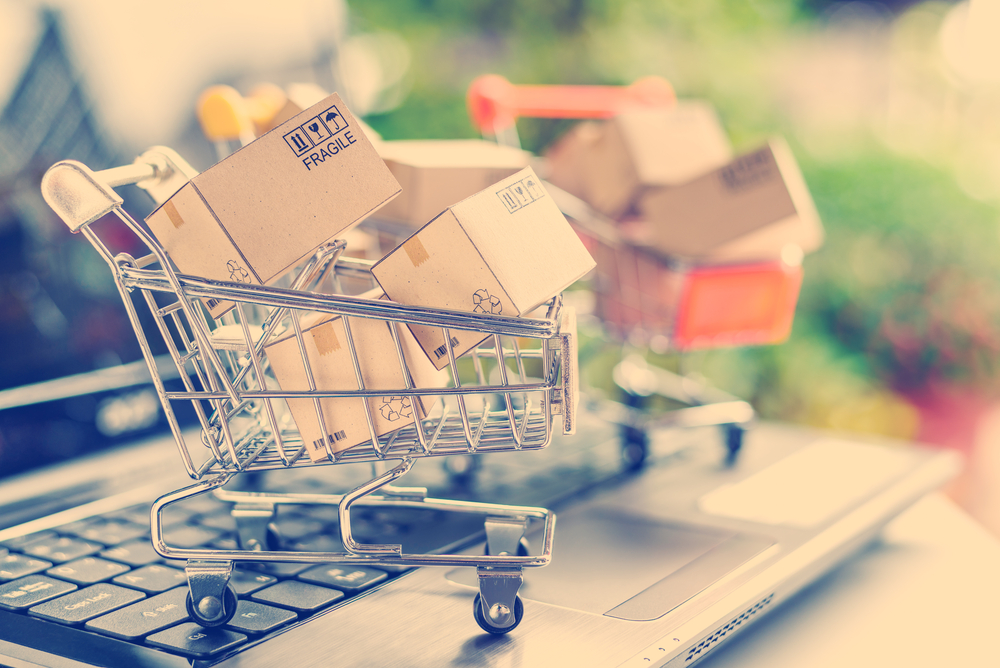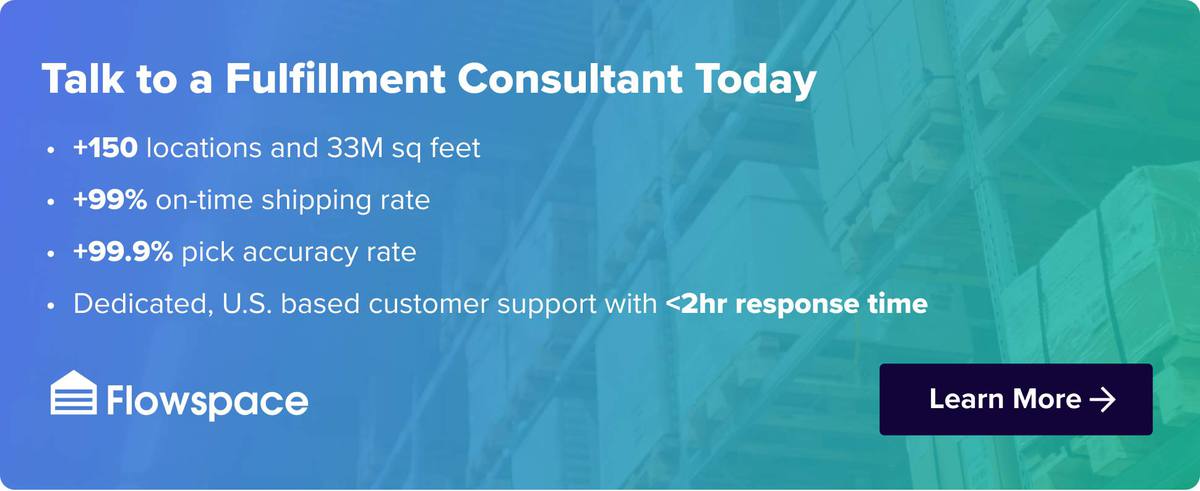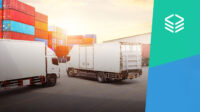
You have the product and now it’s time to sell it. You have to get it to the customer, but there’s only one problem, your customers are not only spread across the country, but they buy on different online marketplaces. Fortunately, there are ways to sell on multiple platforms; expand to new distribution channels, and distribute your inventory to your customers wherever they happen to be.
What is are Distribution Channels?
Back in the day, distribution channels simply referred to the way in which businesses got their product in the hands of the customer. Now, a customer can see your ad on Facebook, shop similar products on Amazon, ultimately buy your product on Walmart.com, and have it delivered via the method of their choice.
Thus, the term distribution channel has grown to include any channel you use to distribute your brand to the customer, be it your online branding or the way you physically deliver the product to their door. Physical distribution can be a major headache for distribution managers, therefore choosing the right channel is very important.
When your customers are empowered with their choice of media, marketplace and delivery method, you need to consider your marketing campaign, your marketplace, and your supply chain before you can expand your online store to a new distribution channel.
What are the Different Distribution Channels?
The first step to expanding to a new channel is to choose the channels that are most likely to benefit your long-term success and profitability. In that regard, retailers have several channels to choose from.
Brick and Mortar
Due to a variety of reasons, many traditional brick and mortar stores are reporting closings but there will always be some products and retail locations that will always be essential. If your product is best sold in-store, then a distribution channel that caters to brick and mortar locations is going to be the best choice for your business.
Social Media
If you’re familiar with online marketing, then you know quality content is key to selling anything. Fortunately, social channels, like Instagram, Facebook, and Pinterest make it easy for retailers to sell their products right alongside inspiring branding and useful content for their customers.
Using social media as your distribution channel, you can, in fact, leverage user-generated content to create a cult following around your brand and ultimately sell more products to more customers, in more places.
Wholesale B2B
Expected to hit $1.2 trillion by 2021, the distribution channel with the biggest market potential in the United States is wholesale B2B eCommerce – the sale of goods and/or services from a business to another business, such as a chain retailer, schools and government organizations.
Online Marketplaces
Depending on where you live in the world, there are many online marketplaces to sell your product to your targeted customers. However, as it pertains to North American retailers, there are five that matter most; Amazon; Google; Facebook; Walmart, and Target.
Not only do these online marketplaces cultivate a tremendous audience of consumers, but they also offer tools to help you get your products in front of the right customers, at the right times. All you have to do is upload your product feed and start selling. Though, you may need to experiment with a mix of distribution options to determine the best strategy for your store.
Remember that the distribution channel you choose also has to be right for the product and provide options to suit the customer’s needs. For more on this subject read this Step By Step Guide To Starting Your Own eCommerce Business.
How do You Expand to a New Distribution Channel
Now that you know where you would like to expand your online business, we can move on to step two – choosing the right systems. As you expand into new distribution channels, you must consider the systems you will need to implement to operate on those channels, such as POS, ERP, Accounting, and Third-Party Logistics.
Some systems are better equipped for multichannel processes than others. The trick is to choose the systems that provide the most functionality and the greatest choice for your customers, like order fulfillment from multiple locations and order tracking across multiple channels.
Lastly, you’ll need to integrate those systems in a way that ensures a unified experience for your customers at every touchpoint. Don’t treat each channel as its own separate line of business. Instead, think of your whole business as one seamless, multichannel operation that enables you to cater to the customer better than your competition.
Expand to New Channels with Flowspace
Congratulations on expanding your store to new channels. Now you can sell your products to just about anybody. There’s just one problem. You still have to store, fulfill, and ship all of those orders to your customers? That’s where Flowspace comes in.
With a nationwide network of warehouses and fulfillment centers, Flowspace is the best choice you can make for your new eCommerce store. Different from traditional 3PLs, we enable online retailers with the flexibility they need to gain a strategic advantage over their competition and ensure their customers get what they want when they want it. Request more information about eCommerce fulfillment today.







